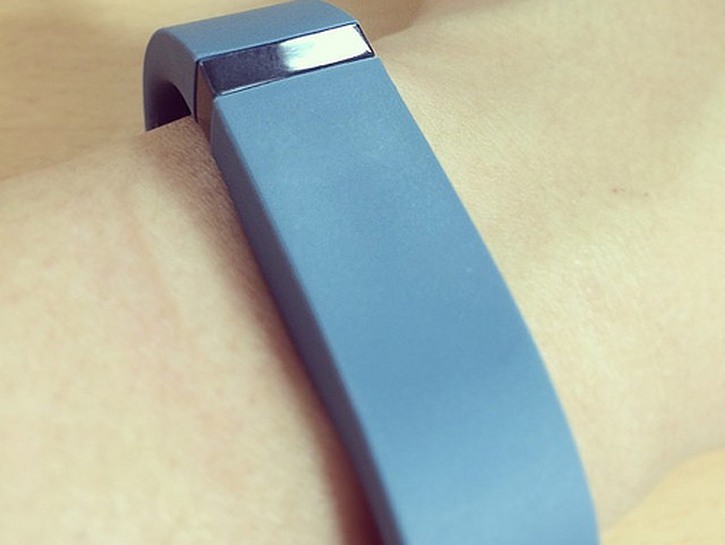A California man is looking at jail time after being found guilty of brutally murdering his stepdaughter in her home last month. When authorities went to carry out a welfare check on Karen Navarra, 67, they found her dead with her throat slit, a massive cut on her head, and a kitchen knife in her hand according to the San Jose Police Department. All signs pointed to suicide, but when the medical examiner noticed that she’d also sustained several skull fractures, it was decided that her injuries were “were inconsistent with being self-inflicted or accidental.”
“Based on the totality of the circumstances and information received, detectives believed the homicide of victim Karen Navarra was staged to appear as though it was a suicide,” stated Brian Meeker, a San Jose police detective.

When police spoke with Navarra’s mother and stepfather and both seemed distraught and deeply saddened by the notion that their daughter felt compelled to take her own life. But the more authorities questioned Anthony Aiello, Navarra’s 90-year-old stepfather, the more things didn’t add up.
He claimed that the last time he saw his stepdaughter was on September 8 when he had dropped off some homemade pizza and biscotti at her house around 3 o’clock in the afternoon. He said that he stayed and chatted with her for about 15 minutes before departing, and that they only other time he saw her that day was when he spotted her driving by his house. But when police obtained video footage from a security camera near Navarro’s home, it never showed Navarra driving by.
Luckily for authorities, there was a silent bystander present during the murder who was able to provide some pretty condemning evidence about who the actual killer was. In fact, the bystander was so close to the crime that it was touching Navarra when she passed.
San Jose police used data from a Fitbit device in the case against a 90-year-old man who is accused of murdering his stepdaughter and staging her death to look like a suicide. https://t.co/0bk9LWbVts pic.twitter.com/MIpyYUyu2J
— USA TODAY Video (@usatodayvideo) October 4, 2018
After Aiello’s inconsistent alibi gave police reason to be suspicious, they applied to get a search warrant for Navarra’s FitBit Alta HR so that they could access information about her heart rate and movement. It turned out that the Fitbit stopped registering any heart rate data exactly at 3:28 pm. Video footage obtained by police showed that Aiello’s car was parked in the driveway of Navarra’s home from 3:12 pm until 3:33 pm. His story was seeming less and less credible, so he was arrested and taken to the department’s homicide unit for further questioning.
As Aiello was being held, other detectives searched his home where they found some of his clothes with reddish brown statins that tested “presumptive positive” for blood. When the officers at the station confronted him about the Fitbit data which indicated that Navarra had died before he left the house, Aiello continued to deny that he was present during her death and proposed that there was someone else in the house. When asked about the bloodstains found on his clothes, he claimed that he is clumsy and accidentally cuts himself frequently. “He was told that the deposits of blood were not localized in one area and were more consistent with splatter. Aiello indicated that he might have cut his hand and shaken it while he was wearing those shirts,” a detective wrote in the affidavit.
When detectives left the room, they could hear Aiello talking to himself and getting upset. “Among other things, he repeated the statement, ‘I’m done,’ a number of times,” said Detective Meeker. He was then held in the Santa Clara County Jail until his court hearing at the end of September, where he was formally charged with personal use of a deadly weapon. The length of his sentence has not been determined.
In addition to being a high tech way to monitor one’s health, Fitbits are seeing more and more use by law enforcement as a means to access physical data that is relevant to solving a crime.
Fitbit location data played a major role in a sexual assault case in Pennsylvania in 2015 and a personal injury case in Canada in 2014. A Garmin Vivosmart GPS recorded a woman’s struggle with an attacker in Seattle in 2017. That same year, authorities used data from the Fitbit of a Connecticut woman to charge her husband with murder. This year F.B.I. experts sifted through data from the Fitbit of Mollie Tibbetts, a 20-year-old student at the center of a high profile manhunt that lasted until her body was discovered in August. All of this proves that while some uses of ‘Big Data’ can seem creepy and invasive, certain data can also end up being valuable sources of information when authorities are trying to pin down a perpetrator.
What do you think about this case? Do you have any theories about Aiello’s motive for murdering his stepdaughter? Are there any pieces of technology/data sources that should be off limits when police are investigating a crime? Let us know in the comments down below!
